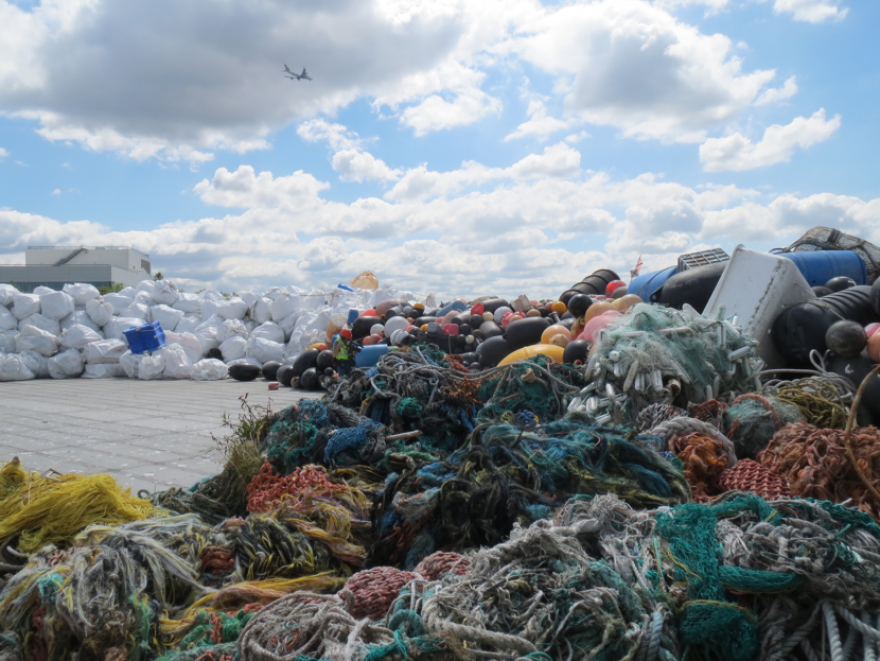Seven years ago this week, a magnitude 9.1 earthquake stuck off the coast of Japan, triggering a tsunami with waves up to 30 feet high. The event ravaged communities, and its after effects have been felt across the Pacific.
Now, scientists estimate that following the tsunami there were more than 10 times as much debris washing ashore in North America than what was measured before.
People don’t enjoy seeing garbage in their outdoor spaces. Dr. Cathryn Murray says that’s especially true in places like Alaska that can end up with other countries’ trash.
“There’s not much you can do about it on a local scale. You can’t say to your own community let’s stop using plastic bags and then we’ll stop seeing it on the beaches,” Murray said. “In those cases, it’s not often true because it’s coming from very far away.”
Following the tsunami in Japan in 2011, researchers noted that there seemed to be more marine debris than usual. Over four years of monitoring, the team recorded that nearly 100,000 items washed ashore from Alaska to Oregon.
In Washington and Oregon, it was easier to respond to reports of debris. But it was a challenge to figure out how much debris there was in more remote and pristine places like Alaska or British Columbia.
Aesthetics isn’t the only reason to be worried about the debris. It can impact wildlife and human health. And now Murray says they think sea creatures from Japan have managed to cross the ocean with the trash.
“Because they had rafted such a long way away and they took a very slow journey across the ocean, a lot of the species ended up in quite good condition,” Murray said. “Some of them were reproductive when they landed. Some of them were growing at sea.”
Species have always had the ability to raft on natural items like wood or pumice stones.
“But now we enter plastic, which doesn’t degrade and allows for these long, long journeys,” Murray said. “Whereas before, the raft would have degraded and left them in the ocean.”
Increasing storm intensity may mean natural disasters like tsunamis will be bigger and have greater impacts. Murray is worried that will mean more plastic — and maybe even more hitchhikers — will be able to cross oceans.

